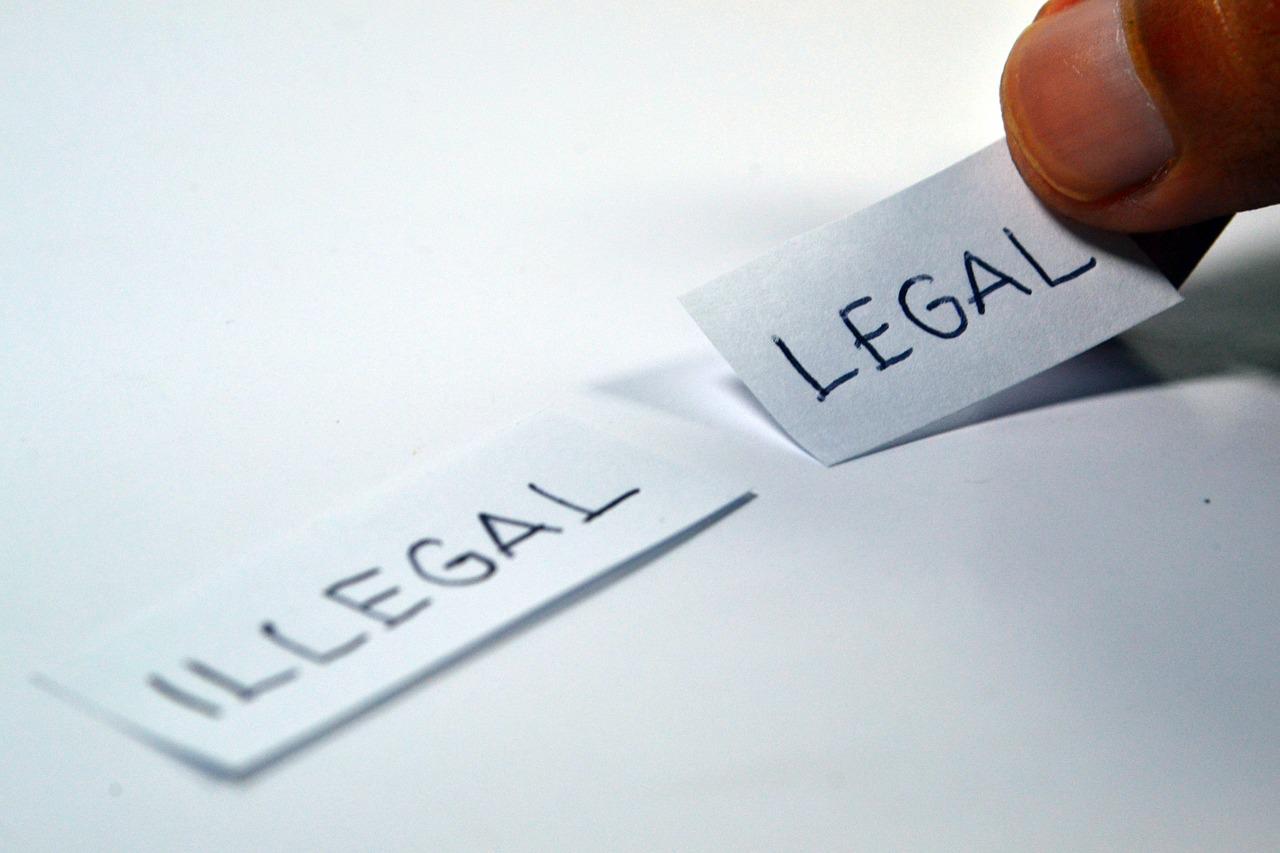Flood Insurance Versus Water Damage
Is it covered by flood insurance or is it water damage covered by property insurance? Over the past year, we saw how many storms devastated many parts of the country, flooding homes and businesses, destroying roads, and ruining many lives.
From those storms, we received many calls about how insurance will respond to help law firms recover from the tragedies. So with that in mind, we want to share some insight into how a property insurance policy responds to a water damage claim and where flood coverage comes into play.
How your firm’s insurance policy will respond to these claims depends on how the water entered your office. And while every law firm’s property insurance policy differs, there are basic features common to all property policies.
WATER DAMAGE
A firm’s property policy doesn’t provide coverage for flood damage, but it does cover many types of water damage to your office.
For insurance purposes, the damage is considered to occur when water damages your office before the water comes in contact with the ground.
Your property policy would cover the following scenarios as they would be considered water damage:
- A hailstorm smashes your window, permitting hail and rain access into your firm.
- Heavy rain soaks through the roof, allowing water to drip through your ceiling.
- A broken water pipe spews water into your firm.
FLOOD INSURANCE
As the name implies, a standard flood insurance policy, which the National Flood Insurance Program writes, provides coverage up to the policy limit for damage caused by a flood. The dictionary defines “flood” as the rising and overflowing of a body of water onto normally dry land.
For insurance purposes, the word “rising” in this definition is the key to distinguishing flood damage from water damage. Generally, damage caused by water on the ground at some point before damaging your firm is considered flood damage. A handful of examples of flood damage include:
- A nearby river overflows its banks and washes into your office.
- A heavy rain seeps into your office because the soil can’t absorb the water quickly enough.
- A heavy rain or flash flood causes the hill behind your office to collapse into a mud slide that oozes into your building.
Flood damage to your home can be insured only with a flood insurance policy — no other insurance will cover flood damage.
FINAL NOTE
If, for some reason, a water-related claim is not covered by a flood or property insurance policy, losses from theft, fire, or explosion resulting from water are covered.
For example, if a nearby creek overflows and floods your office, and looters steal some of your furnishings after you evacuate, your property policy would cover the theft because it directly results from the water damage. H wever, the flood damage would be covered only if you have flood insurance.
We hope this provides you with insight into how both flood and property insurance will respond to water damage claims.
If you have any questions or would like to submit a claim, please feel free to give our office a call.









